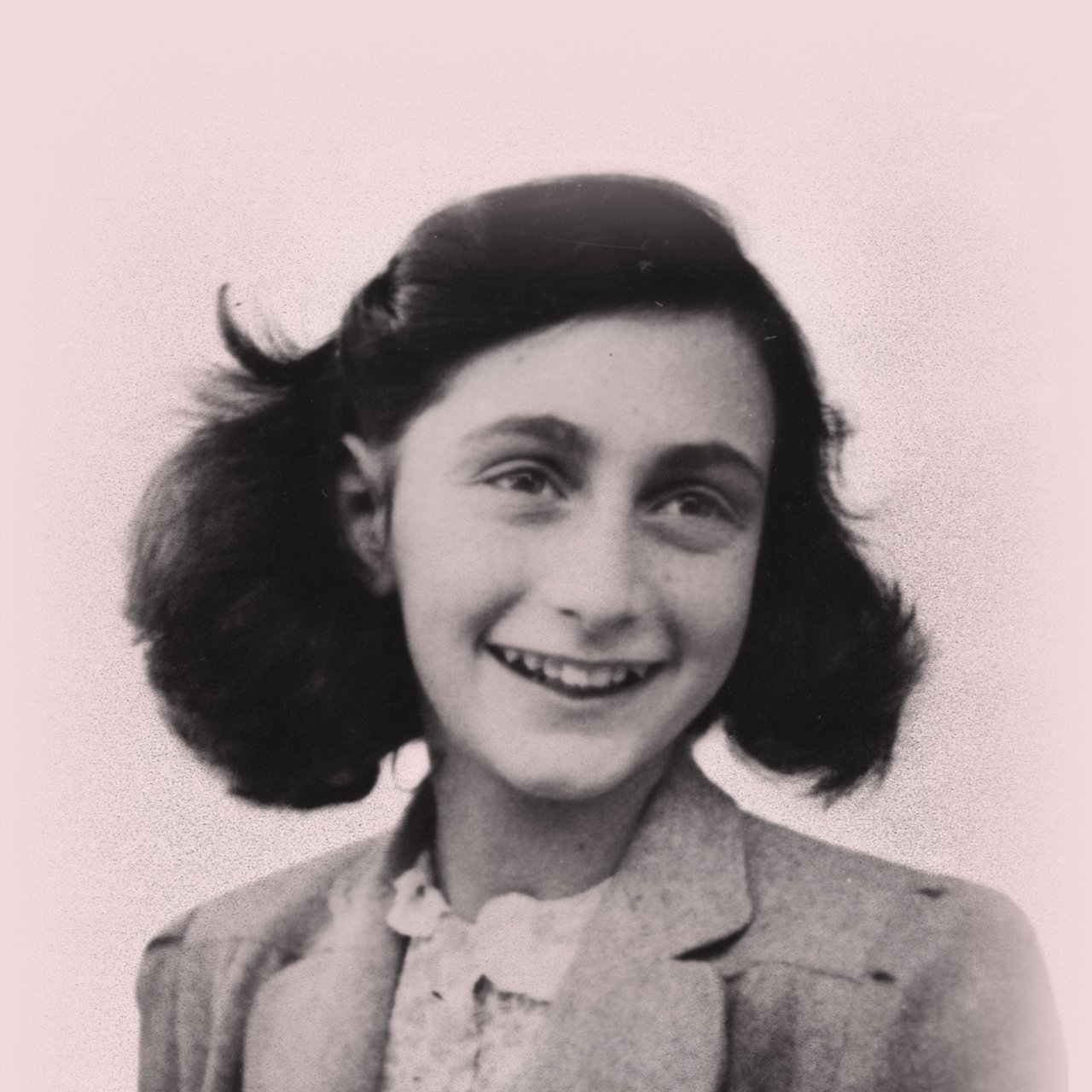Annes first years
Anne spent the first four years of her life in Frankfurt am Main (Germany). She was a cheerful and naughty toddler. Housekeeper Kathi later remembered the time when Anne sat down in a puddle of rain and made Kathi tell her a story there.
Anne never really got to know Germany well, though, and would always struggle with the German language, because the family moved to Amsterdam when she was only four years old.
During the first few years in the Netherlands, Anne suffered from health problems. The family called her 'Zärtlein' [delicate puppet]. In November 1937, mother Edith wrote in a letter to an old neighbour in Frankfurt: ‘Anne stays home from school to sleep in the afternoon, which does her well; she is very cheerful, but sensitive and nervous, too.’
